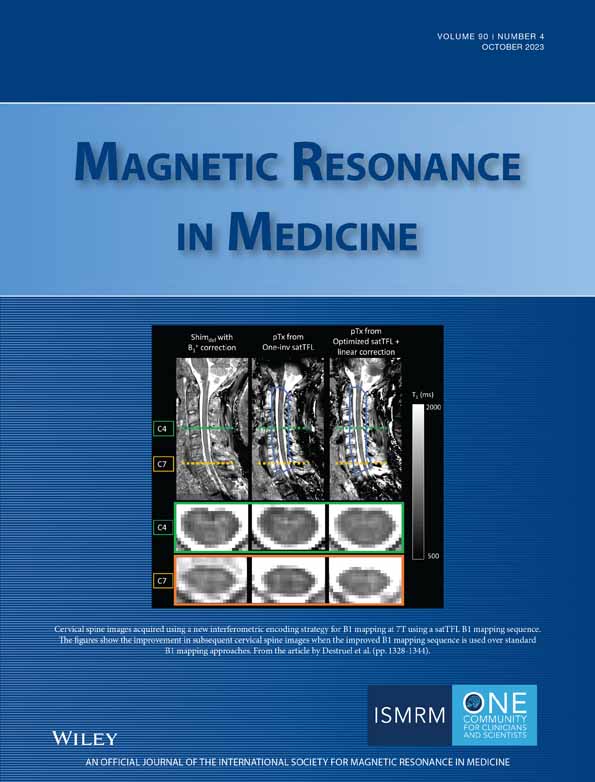Robust quantitative susceptibility mapping via approximate message passing with parameter estimation
Abstract
Purpose
For quantitative susceptibility mapping (QSM), the lack of ground-truth in clinical settings makes it challenging to determine suitable parameters for the dipole inversion. We propose a probabilistic Bayesian approach for QSM with built-in parameter estimation, and incorporate the nonlinear formulation of the dipole inversion to achieve a robust recovery of the susceptibility maps.
Theory
From a Bayesian perspective, the image wavelet coefficients are approximately sparse and modeled by the Laplace distribution. The measurement noise is modeled by a Gaussian-mixture distribution with two components, where the second component is used to model the noise outliers. Through probabilistic inference, the susceptibility map and distribution parameters can be jointly recovered using approximate message passing (AMP).
Methods
We compare our proposed AMP with built-in parameter estimation (AMP-PE) to the state-of-the-art L1-QSM, FANSI, and MEDI approaches on the simulated and in vivo datasets, and perform experiments to explore the optimal settings of AMP-PE. Reproducible code is available at: https://github.com/EmoryCN2L/QSM_AMP_PE.
Results
On the simulated Sim2Snr1 dataset, AMP-PE achieved the lowest NRMSE, deviation from calcification moment and the highest SSIM, while MEDI achieved the lowest high-frequency error norm. On the in vivo datasets, AMP-PE is robust and successfully recovers the susceptibility maps using the estimated parameters, whereas L1-QSM, FANSI and MEDI typically require additional visual fine-tuning to select or double-check working parameters.
Conclusion
AMP-PE provides automatic and adaptive parameter estimation for QSM and avoids the subjectivity from the visual fine-tuning step, making it an excellent choice for the clinical setting.
Open Research
DATA AVAILABILITY STATEMENT
The source code from this paper is openly available at: https://github.com/EmoryCN2L/QSM_AMP_PE.




